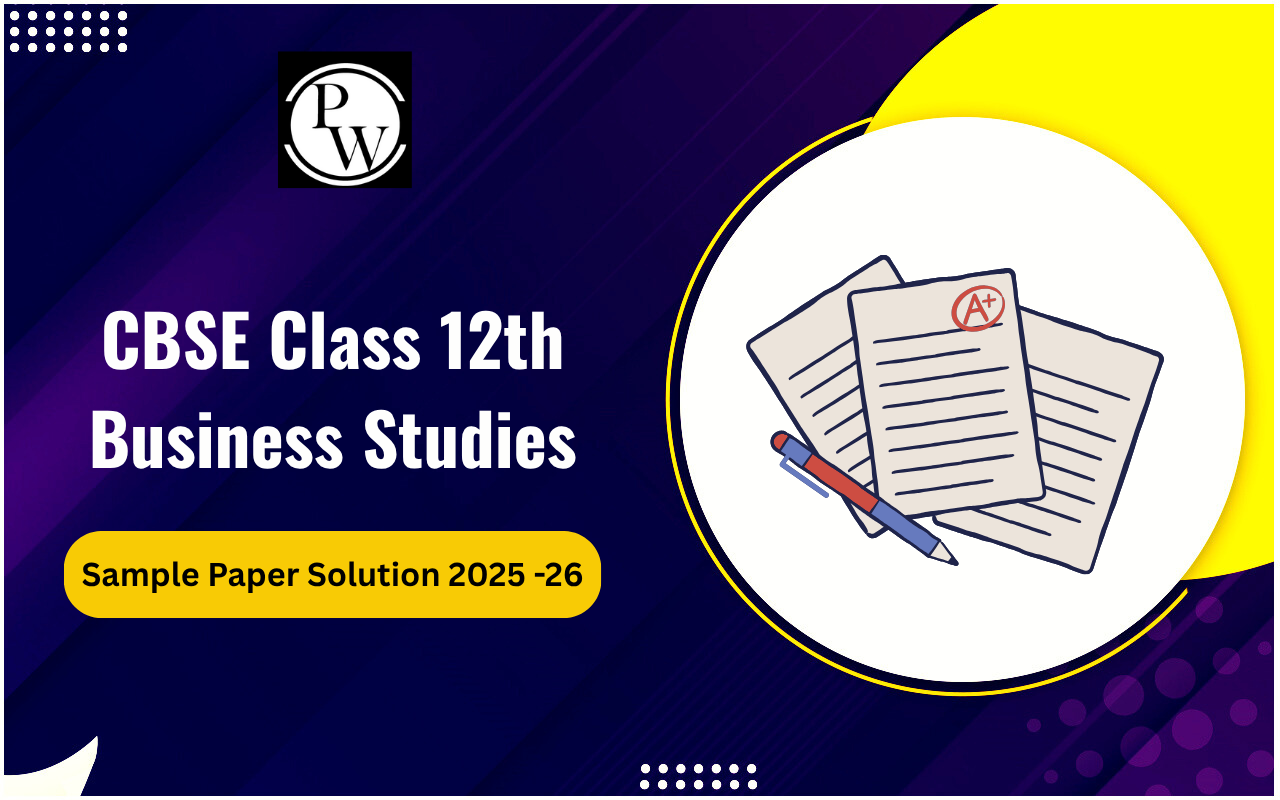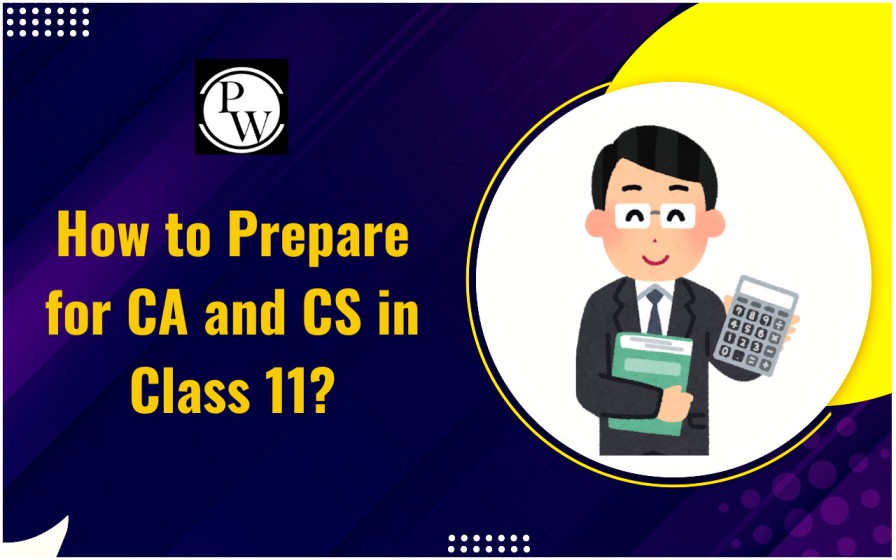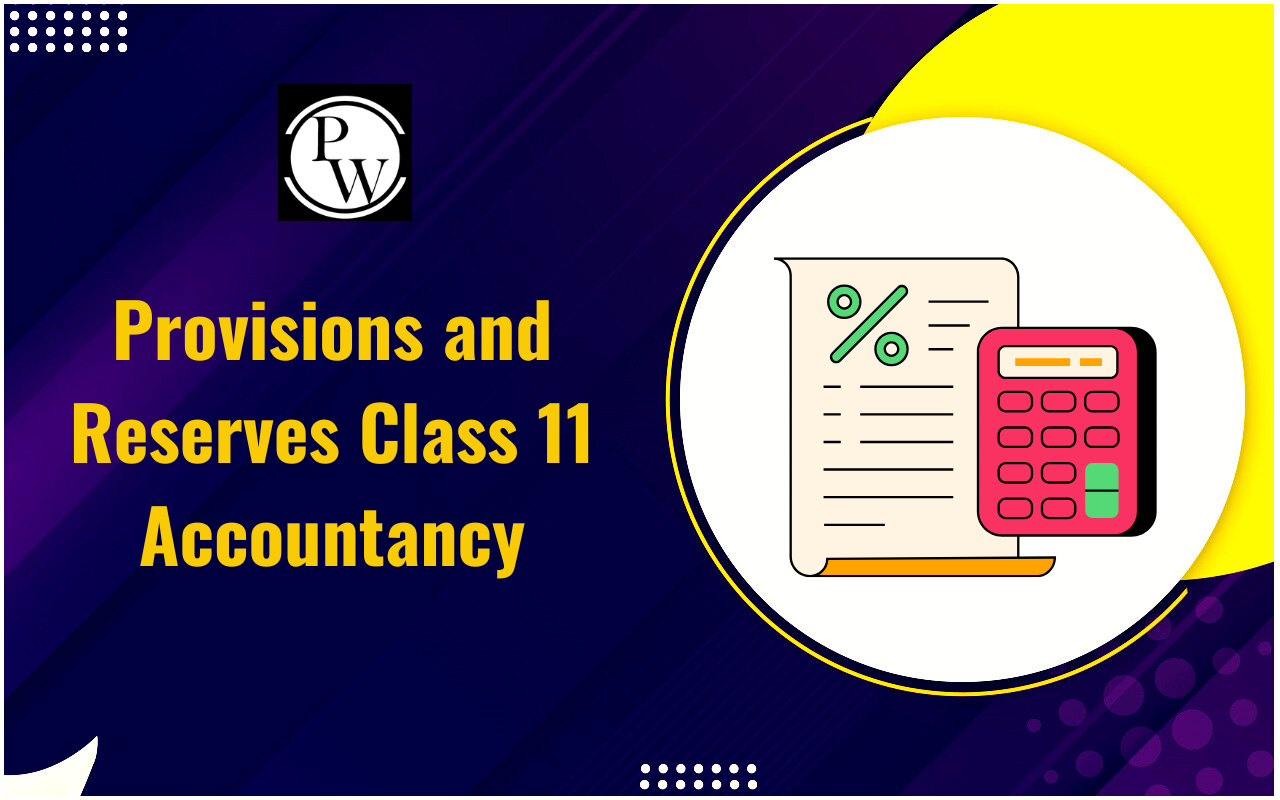

Suspense Account: In accounting, accuracy and clarity are crucial. But there are times when certain transactions cannot be immediately classified due to incomplete or unclear information. In such situations, accountants use a temporary solution known as a suspense account. It acts as a holding place for uncertain or unclassified entries until further investigation resolves the issue. This article covers the meaning, features, uses, and examples of a suspense account to help you understand how it works in real-life business scenarios.
What is a Suspense Account?
A suspense account is a temporary ledger account created in the books of accounts to hold transactions that require clarification or adjustment. It is used when the accountant does not have enough information to categorise the transaction correctly at the time of recording.
For example, if a business receives a payment but cannot identify the sender, the amount may be recorded in a suspense account until it can be matched to the correct customer.
Why Is a Suspense Account Used?
In business, errors or gaps in information are not uncommon. A suspense account helps in maintaining the trial balance while the source or classification of a transaction is yet to be identified. Without it, the accounting records may not remain balanced, which can delay reporting and analysis.
The suspense account helps:
- Maintain the integrity of the trial balance
- Temporarily store unclassified or erroneous entries
- Prevent delays in closing books of accounts
- Track items requiring further verification
It ensures that financial records are updated even when not all details are known immediately.
Key Features of Suspense Account
Suspense accounts have several important characteristics:
1. Temporary Nature
Suspense accounts are not permanent. Once the correct account for a transaction is identified, the entry is transferred from the suspense account to the appropriate ledger.
2. Can Appear on Either Side of the Trial Balance
Depending on the nature of the transaction, suspense accounts can have either a debit or credit balance. If an asset or expense is unclear, it may appear on the debit side. If it’s a liability or income, it appears on the credit side.
3. Used for Errors and Omissions
Suspense accounts are often used when there are one-sided entries or when errors in ledger postings are found during reconciliation or audit.
4. Subject to Review and Clearance
Suspense accounts must be reviewed regularly and cleared once the transaction is resolved. They should not remain open indefinitely.
Common Situations Where Suspense Accounts Are Used
Suspense accounts can arise in different situations in accounting. Here are a few common cases:
a) Unidentified Receipts
If a payment is received but the payer is unknown, the amount is first recorded in the suspense account. Once the source is confirmed, it is moved to the customer’s account.
b) Missing Details in Journal Entries
If a journal entry is incomplete or the proper account is not known, it may be recorded temporarily in the suspense account.
c) Errors in Trial Balance
If the debit and credit sides of a trial balance do not match, the difference may be posted to a suspense account temporarily until the error is traced and corrected.
d) Opening Balances in New Accounting Systems
While migrating to a new software or during transition from manual to digital systems, unclear balances may be held in a suspense account before proper allocation.
Examples of Suspense Account Entries
Example 1: Unidentified Bank Deposit
Suppose a business receives a deposit of ₹10,000 in its bank account, but the sender's name or invoice reference is not known. The accountant can record:
Once it is verified that the amount belongs to a customer, say XYZ Ltd., against Invoice No. 102, the following entry is passed:
Example 2: Error in Trial Balance
Let’s assume the trial balance shows a ₹5,000 excess on the debit side. To proceed with final accounts, the accountant may use the following entry:
Later, if an undercast in Sales Account of ₹5,000 is found, it is corrected:
Sales Account Cr. 5,000
To Suspense Account 5,000
This clears the suspense account.
Suspense Account in Financial Reporting
Suspense accounts are generally not shown in the final financial statements unless they remain uncleared at the end of the accounting period. If such entries exist, they are shown under:
Current assets: if the suspense account has a debit balance
Current liabilities: if it has a credit balance
However, businesses aim to clear suspense accounts before preparing the final statements to ensure accurate reporting.
Importance of Clearing Suspense Accounts
Leaving suspense accounts uncleared can lead to:
- Misstated financial position
- Non-compliance with accounting standards
- Delays in closing books
- Increased audit queries
Therefore, it is good practice to investigate and resolve the entries regularly, especially before closing the accounts for the period.
Difference Between Suspense Account and Other Temporary Accounts
It’s important not to confuse suspense accounts with other temporary accounts. Here's how they differ:
| Difference Between Suspense Account and Other Temporary Accounts | ||
|---|---|---|
| Aspect | Suspense Account | Temporary Revenue/Expense Account |
| Purpose | To hold unclassified or erroneous entries | To record income/expense for a period |
| Nature | Corrected once clarification is obtained | Closed to capital or retained earnings |
| Use in Trial Balance | Can appear with debit or credit balance | Usually appears in profit & loss statements |
| Duration | Very short-term until correction | Active through the accounting year |
Steps to Rectify and Close a Suspense Account
To ensure accuracy in accounting, suspense accounts should be closed by following these steps:
Review the Ledger Entries: Go through each entry in the suspense account.
Investigate the Source: Match unidentified receipts or payments to their source.
Pass Correcting Journal Entries: Post rectification entries to relevant accounts.
Check the Trial Balance Again: Ensure that the difference is now removed.
Close the Suspense Account: Once all items are resolved, the suspense account should have a zero balance.
Suspense accounts are essential tools in accounting that help manage incomplete or uncertain transactions without disrupting the financial reporting cycle. They allow businesses to continue their daily operations while investigations are underway. However, the responsibility lies in resolving these entries promptly, ensuring that the books of accounts reflect accurate and complete financial information.
By understanding the meaning, application, and proper handling of suspense accounts, businesses can maintain transparency and uphold trust in their financial systems. Whether it’s due to an unknown deposit or an error in the trial balance, suspense accounts serve as a practical solution for uncertainty in accounting.
Join PW Commerce Online Course and unlock your potential with quality education and dedicated learning support.
| Also Check | |
| What Is Current Liabilities | Emergence of Macroeconomics |
| Issue and Redemption of Debentures | ENTREPRENEURSHIP DEVELOPMENT PROCESS |
| Economic Reforms | Introduction to Macroeconomics |
Suspense Account FAQs
What is a Suspense Account in accounting?
Why are Suspense Accounts used?
How do Suspense Accounts impact financial statements?
How are transactions managed in a Suspense Account?
What challenges are associated with Suspense Accounts?













